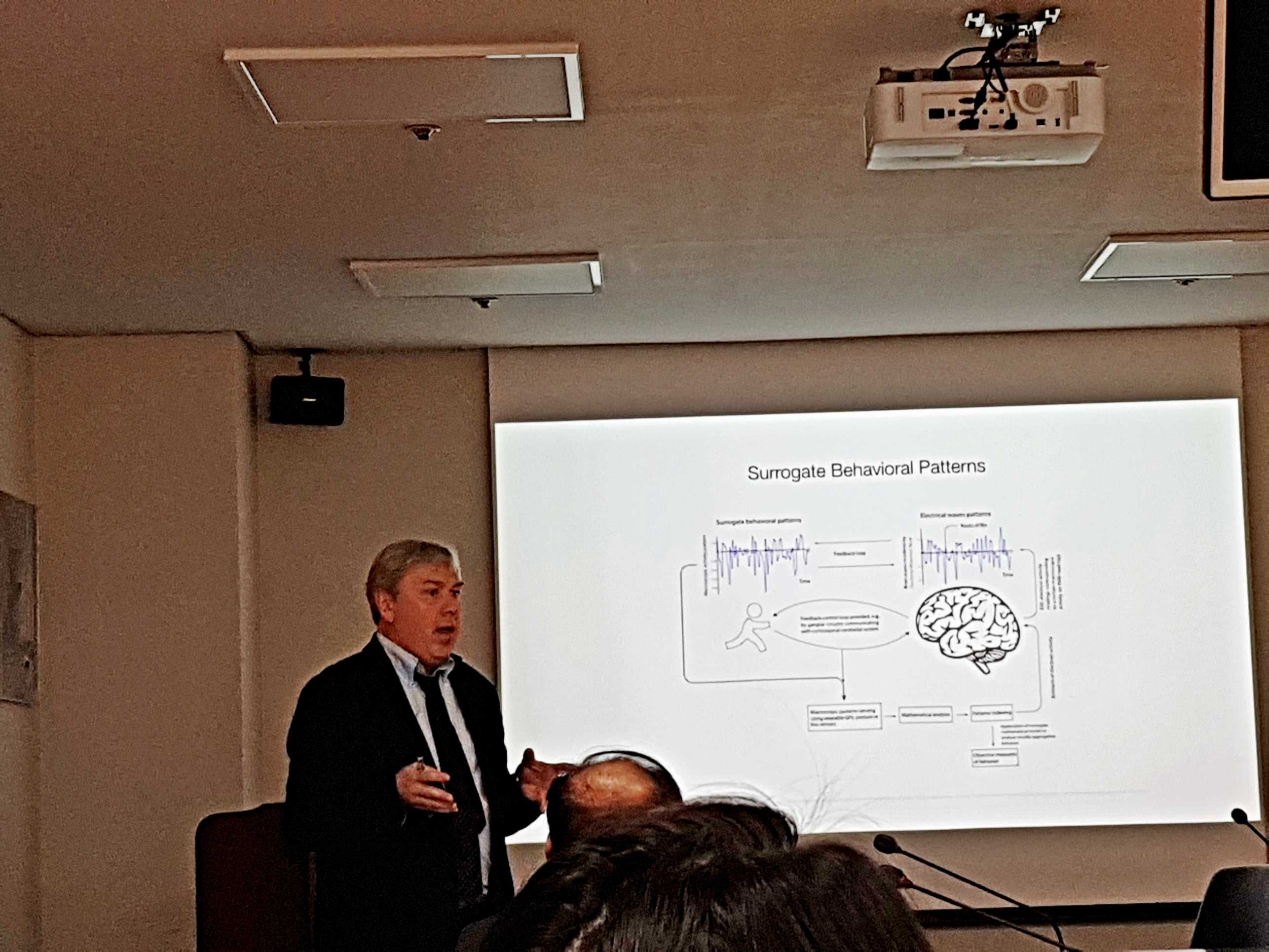Prof. Dr. Armin von Gunten - SK

What made you decide to apply for a grant at the Leading House Asia?
We have established prior contact with KAIST in the area of stress monitoring using wearable micro-sensors. We wanted to expand on this collaboration in the framework of SNSF/NSF South Korea joint project. The idea was to come up with marketable clinical product for monitoring stress at “emotional workplaces” (EW).
How did you secure a research partner?
Our main collaborator, Prof. Dr. Young-Ho Cho, visited CHUV twice to get acquainted with our model of stress to be implemented using his skin stress patches. At the end the collaboration included:
South Korea: KAIST (University), SNUBH (Hospital), SEIL (Company)
Switzerland: CHUV (University Hospital), CAAS (Company), HES-SO (Higher Education).
We secured our collaboration via prior existing contacts.
How would you describe your experience of the programme?
The collaboration progress very smoothly at the time due to the common focus on stress level predictions in EW. We were invited to deliver three research talks in addition to meeting the entire KAIST research team and they laboratories. The KAIST partners demonstrated their stress patches.
Public Lectures Delivered at KAIST (20, 21 and 22 November 2018):
1. Objective Indexing of Psychiatric Disorders and Spectral Theory of Stress
2. Predictive Theory of Human Stress and Its Applications: A Geometric Approach
3. Merging microelectronics, high level mathematics and Neuroscience
What role did the Leading House Asia play in the programme?
The Korean partners was to develop an ultra-thin, multi-channel sensor that will have good wearing comfort for use in daily-life for both healthy workers and patients, including the elderly.
What were the impacts you made through the project/partners/individual?
We achieved a marge of our algorithms with Korean sensors and their imbedding into their hardware for near real time processing.